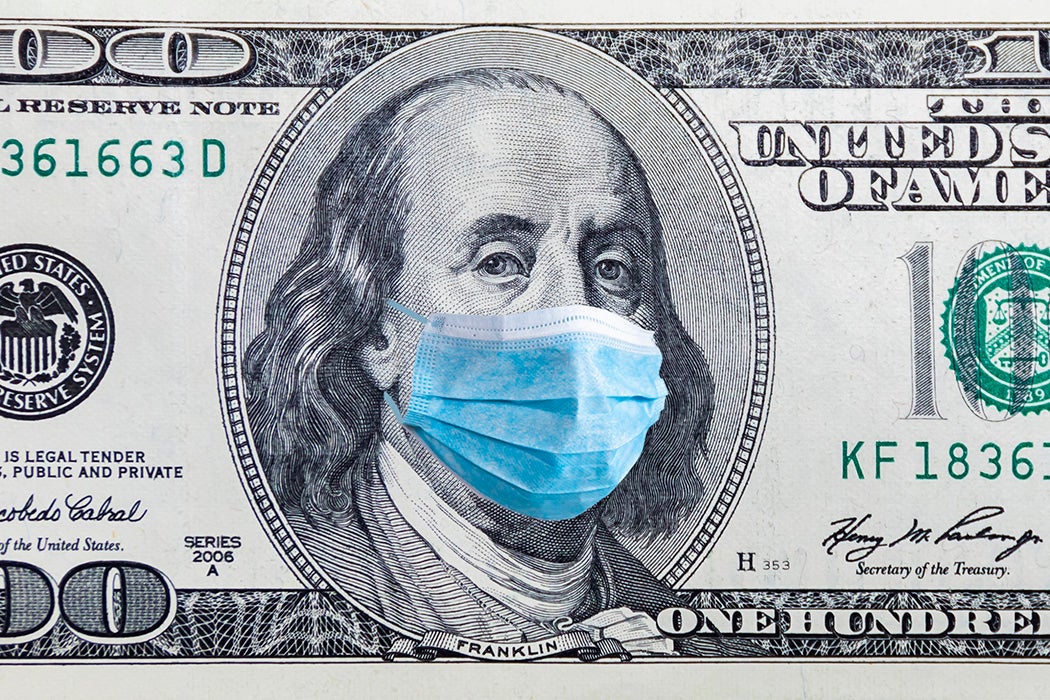Pandemics terrify people. You see this fear reflected in the steady stream of fictional books, movies, and games using a mysterious emerging virus that ravages the globe as a catalyst for apocalypse.
On some level, these fears make sense. The rapid spread of a previously unknown virus has significant global implications, not just biological ones, even before it is recognized as a pandemic by the World Health Organization (if it ever is). The Wuhan coronavirus, for example, stoked racism and devastated private and public industries inside and outside of its origin country, at the same time confusing people about the difference between an outbreak, an epidemic, and a pandemic.
President Trump’s request to Congress for $2.5 billion to fight the virus before it becomes pandemic drew fire as being too low, and for good reason. In a 2016 op-ed published in The Milbank Quarterly, law professor Lawrence Gostin reported that the National Academy of Medicine estimated the total annual cost of “pandemic preparedness” at somewhere within $3 billion to $5 billion. That is a lot of money to spend every year, but it would be dwarfed by the exorbitant cost of an uncontained pandemic.
But it raises a thorny issue: Given that diseases caused by previously unknown viruses can be caught by people anywhere, is it in the best interest of people everywhere to shoulder the significant financial responsibility of preventing and managing global pandemics?
In the British Medical Journal, tropical medicine and global health scholar Allen Ross reminds us of recent pandemics, which seem to be happening more frequently: “severe acute respiratory syndrome (SARS) in 2003, influenza A H5N1 (bird flu) in 2007, H1N1 (swine flu) in 2009, Middle East respiratory syndrome (MERS) in 2012, and Ebola virus in 2014.”
“The direct financial cost of the Ebola pandemic was estimated to be close to $6bn (£3.9bn; €5.6bn), with global economic losses exceeding $15bn,” Ross writes.
Ross also points out that the places worst hit are the places that don’t have the resources to back the costly and labor-intensive efforts needed to contain an unknown disease. He argues that there is not only a moral, but an economic imperative for rich countries to help poorer countries.
Weekly Newsletter
But that is a difficult sell. Lacking political will, organizational bodies have had to find ways to encourage investment and coverage. For example, finance writer Matt Levine, at Bloomberg, highlighted the World Bank’s attempt at encouraging public-private partnership by issuing “pandemic bonds”: catastrophe bonds “linked to a global pandemic. If there’s a pandemic, the World Bank will fund relief efforts, which will cost money, but also it will get to keep the principal of the pandemic bonds; the bondholders share the (financial) risk of the pandemic.”
Yet what effort there is may not be enough. The case of Ebola is instructive. As Gostin observed in 2016, fickle political attention and resolve was moving away from larger questions about pandemics. “Global health advocates cannot allow that to happen because Ebola may well prove to be the defining event of a generation. And in the next contagious crisis, we will not be so fortunate if a novel influenza or corona virus spins out of control, and, unlike Ebola, it cannot be contained.”
You can read all our coverage of the coronavirus/COVID-19 outbreak for free. But please consider becoming a member on our Patreon page to support our nonprofit journalism.







